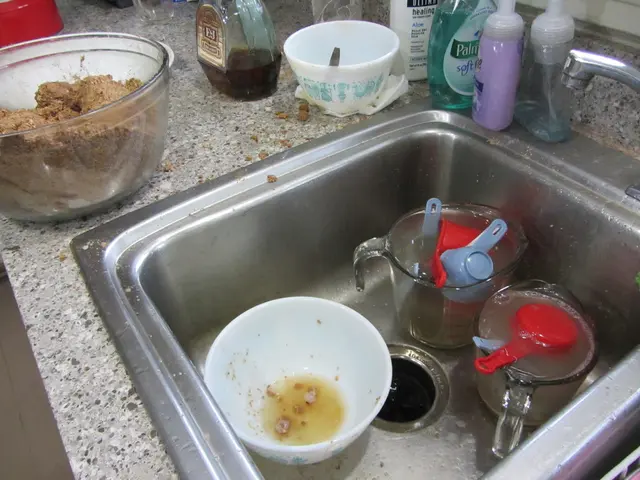Differences in Bipolar Disorder Manifestation Between Men and Women
Bipolar disorder, a mental health condition characterized by extreme mood swings, is a significant global health issue. The disorder, which can range from mania or hypomania to depression, can significantly impact relationships, work, and daily life if left untreated.
A closer look at the prevalence of bipolar disorder reveals interesting gender patterns. While bipolar disorder is not necessarily more prevalent in women overall, women tend to experience different and sometimes more severe patterns of the disorder, such as rapid cycling and depressive episodes. In more developed countries, this may partly be due to better diagnosis and mental health infrastructure.
Several key factors contribute to the observed gender differences in bipolar disorder prevalence. Biological and hormonal differences play a significant role. Women's unique neurobiological and hormonal profiles, influenced by reproductive events like pregnancy, childbirth, and menstrual cycles, increase the risk of mood disorders.
Social and environmental stressors also play a crucial role. Women often face higher rates of psychosocial stress, including caregiving burdens, employment insecurity, sleep disturbances, and higher likelihood of trauma such as domestic violence and sexual assault. These stressors increase the risk of mood disorders.
Another factor is help-seeking behavior and diagnosis. Women are more likely than men to seek treatment and report symptoms, leading to increased diagnosis rates in developed countries with better access to mental health care. In contrast, lower-resource settings may underdiagnose cases in all genders.
Post-pandemic, women, particularly those in healthcare and education, have faced disproportionate psychological distress, contributing to increased rates of mood disorders diagnosed in developed regions.
The gender gap in bipolar disorder prevalence reported in more developed countries is influenced by a complex interplay of biological sex differences, social determinants, healthcare access, and diagnostic practices rather than an inherent difference in prevalence alone.
Women between 30 and 34 years old have the most differences in bipolar disorder diagnosis compared to men. In places where women have more freedom to express their emotions and make decisions, there are more reported cases of mental health problems, including bipolar disorder.
Hormones such as estrogen and progesterone may be linked to mood swings and could potentially contribute to a higher incidence of bipolar disorder in women.
It's important to note that many people with bipolar disorder do not receive the diagnosis or treatment they need, in part due to stigma and lack of access to mental health services. Understanding these differences can help improve treatment and prevention strategies for bipolar disorder in women.
Putting these issues on the table to understand how they affect people, depending on their gender and context, is an important step to breaking down the stigma and improving the quality of life of those facing bipolar disorder. The question remains: Why do women seem to be more vulnerable to bipolar disorder? This question, while not a fact, is relevant to the topic and could guide further research or investigation.
According to the World Health Organization (WHO), bipolar disorder affects approximately 40 million people worldwide. During mania, someone may feel invincible, hyperactive, and wanting to do anything. During depression, everything seems uphill: there is no energy, no desire to do things, no pleasure in activities that were fun before. Bipolar disorder often appears along with other problems such as anxiety or substance abuse.
Therefore, it's crucial to address the unique challenges women face in relation to bipolar disorder, and to work towards improving access to mental health care for all. By doing so, we can help those living with bipolar disorder lead healthier, happier lives.
Read also:
- Skincare products, including an anti-sebum cream, cleanser, and moisturizer, embolden a positive outlook towards one's skin.
- Fraudulent misappropriation of funds intended for terminally ill adolescents in Munich
- Woman in Texas files lawsuit against Marine, alleging drug-laced beverage with aborted fetus medication
- Instructions for Harmonizing Fitbit with Your Apple Device






